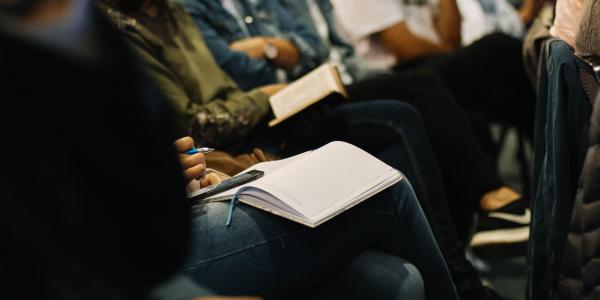Sociology Colloquium Series Series Presents: Dr. John Eason
Colloquia Title and Topic:
"Punishment is Purple: The Political Economy of Prison Building"
The United States is unique among rich countries in the world in its level of contemporary mass incarceration, a massive social change that has reshaped the nature of inequality and social mobility. We have more than tripled the number of prison facilities since 1970. Despite employing nearly 450,000 corrections officers, occupying a land mass of roughly 600 square miles, and costing conservatively $30 billion to build, this massive public works project has transformed the American countryside virtually unnoticed, with nearly 70 percent of U.S. facilities being built in rural communities. We suggest that mass incarceration—the annual rate of more than 2 million being locked up—was not possible without the prison boom—the increase from roughly 500 to nearly 1700 carceral facilities. We explore the political, social, and economic influences of prison building across states, regions, and cities/towns. Using multilevel modeling, we find that racial and economic disadvantage predicts prison building in towns across different periods of the prison boom. We also find that party affiliation of state legislatures predicts prison building across different periods of the prison boom. While others find a link between Republican Party strength in state legislatures and mass incarceration, our findings suggest that prison building, like other types of punishment, result from bipartisan political support for the state’s ability to punish. We conclude by discussing policy and theoretical implications.
Join us virtually

